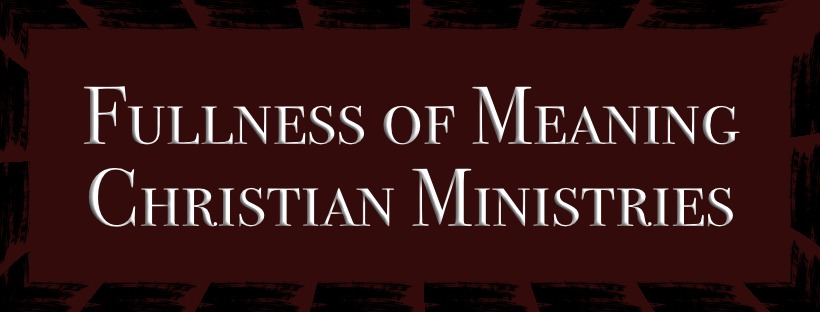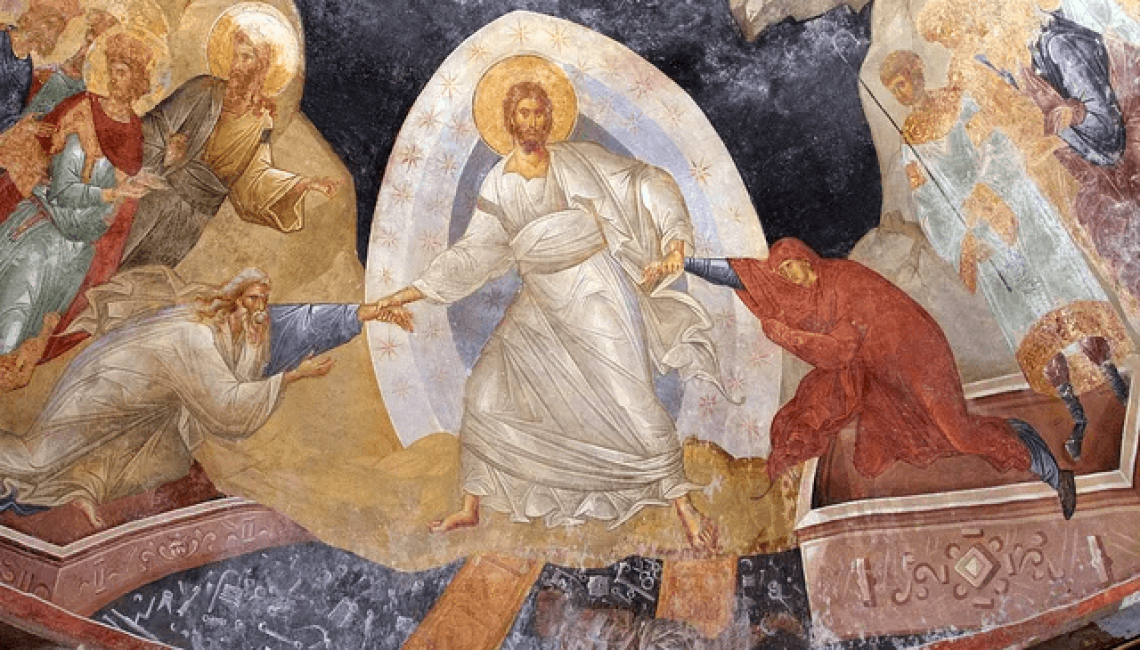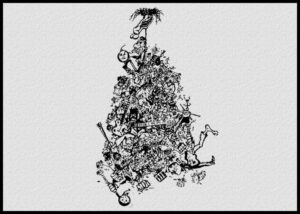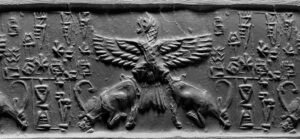The “DAY” can mean several things to many people in different cultures.
“Daeg” is the term for day in Anglo Saxon. Daeg can refer to the time that the sun brightens the sky. Daeg can also refer to the ‘event’ of some kind of ‘time’ such as a ‘time’ of happiness, ‘time’ of sorrow, in the abstract, the ‘time’ of creation. It can mean someone’s ‘time’ to be alive—i.e., ‘their era’. When they are past, their life or ‘time’ can be a ‘time’ to be celebrated or honored– a memorial.
Such related names can and do go back as far as the Akaddian, “Digir” – “god”, Proto-Indo-European, “Dyaus” – day/sun/god/deity, “Theos”, “Zeus”, “Deus”…etc. all, which can relate to the “SUN” as god, the “Sun-God”, and “GOD” as the sun.
My intimation is that Beowulf is seen *as* the Sun/ god/ King and Grendel is seen *as* the Night, Evil one, Dark one (nith; nicor, NICK {cf. “old Nick”} in this astrological battle.
UHT
This anatomy of DAEG-time connotes the ending of night or “UHT”. Uht requires ‘darkness’ to leave since Uht is the ‘end of night’. Specifically, Uht is the ‘time’ right before daybreak. Nevertheless, darkness -i.e., UHT, – still has its reign during its time.
In the Anglo Saxon text of Beowulf we see the “time” at which the demonized Grendel acted. Grendel is a creature of the night. He attacked Heorot at night, at least once in the uhta, Uht, (or uhte), i.e., the hour of darkness before dawn, this being the deepest part of the night.
Thus, early in the poem we hear that after Grendel had attacked Heorot, Ða wæs on uhtan mid ærdæge / Grendles guðcræft gumum undyrne, a passage that might be translated: ‘Then, at the juncture of the last hour of darkness with dawn Grendel’s battle-strength was unsecret [i.e., revealed] to men’ – i.e., Beowulf (a shadowing “messianic” figure) fought and dismembered Grendel ( the demonized “Satan” figure) in the “uhthelm þone ‘the hour-before-dawn uproar/crash’ “.
Grendel was referred to as one of the “scaduhelma gesceapu” or “shapes of shadow-helms”. Grendel is related to the moon waning or “wana” —i.e., “the moon’s want of light”. Such fulfills the UHT idea *as* Grendel.
One of my biggest intrigues is that Grendel and his mother were “Moor-Walkers”…that is: they walked up to and on the border line of the dark swamp but did not cross over into the cultivated area of Herot until Grendel could take no more of Hrothgar’s revelry with feasts of drinking and gormandizing.
Some scholars say that this was a “christianizing” idea of Satan entering into the garden of Eden. I feel that both pagan, Jewish and Christian ideas of ‘horizons’, ‘boundaries’, ‘pagan’, ‘heathen’, ‘cutting off point’, ‘illegal entry’, etc.. could be compatible here in this luscious story of Beowulf.
DAEG-RIMA
Next in our sequence of horizons is the “Dawn” or “Daeg-Rima”. This means the “rim” or “border” of the day. This is the narrow space of time between night and day, when the sun just peeps over the horizon. Daeg-red and daeg-rima are followed by “Aer-Morgen” or “Daybreak”. After “Aer-Morgen” is Morgen or “morning”.
Here is a beautiful Old English text that brings together Easter for me today:
“THE LORD HIMSELF OVERCAME DEATH AND MADE THE DEVIL FLEE. THE PROPHETS OF THE ANCIENT DAYS HAD SAID HE WOULD DO SO. IT ALL HAPPENED AT ‘’UHT’’, BEFORE ‘’’DAEG-RED’’’. A DIN RESOUNDED, LOUD FROM THE HEAVENS, WHEN HE DESTROYED AND DEMOLISHED THE GATES OF HELL”.
As I played percussion this morning for the Sunday Sunrise Service this Easter Morgen outside I was aware of this beautiful idea that many of our ancient mothers and fathers knew this resurrection theme of ascent through the horizons. It was 43 degrees, quite chilly, but an icey-fire shot through my soul arresting all of my senses as I was halted in awe of God’s SON as HE rose above the horizon in Resurrection for ALL of us.
In the language of Anglo Saxon Theology, great things happen at UHT. Such Great Things include the Greatest happening; Our Christ’s “Harrowing of Hell”. We see this idea in medieval art and literature.
The Harrowing of Hell is the “time” when Christ went into “NIGHT”.
From this descension and all of the horizons by which HE passed through to the depths of the Holle or Hell, HE came back through these Horizons to show HIS mastery over times, space, matter, etc. HE, Jesus Christ, is without bridle to the elements which bind us.





